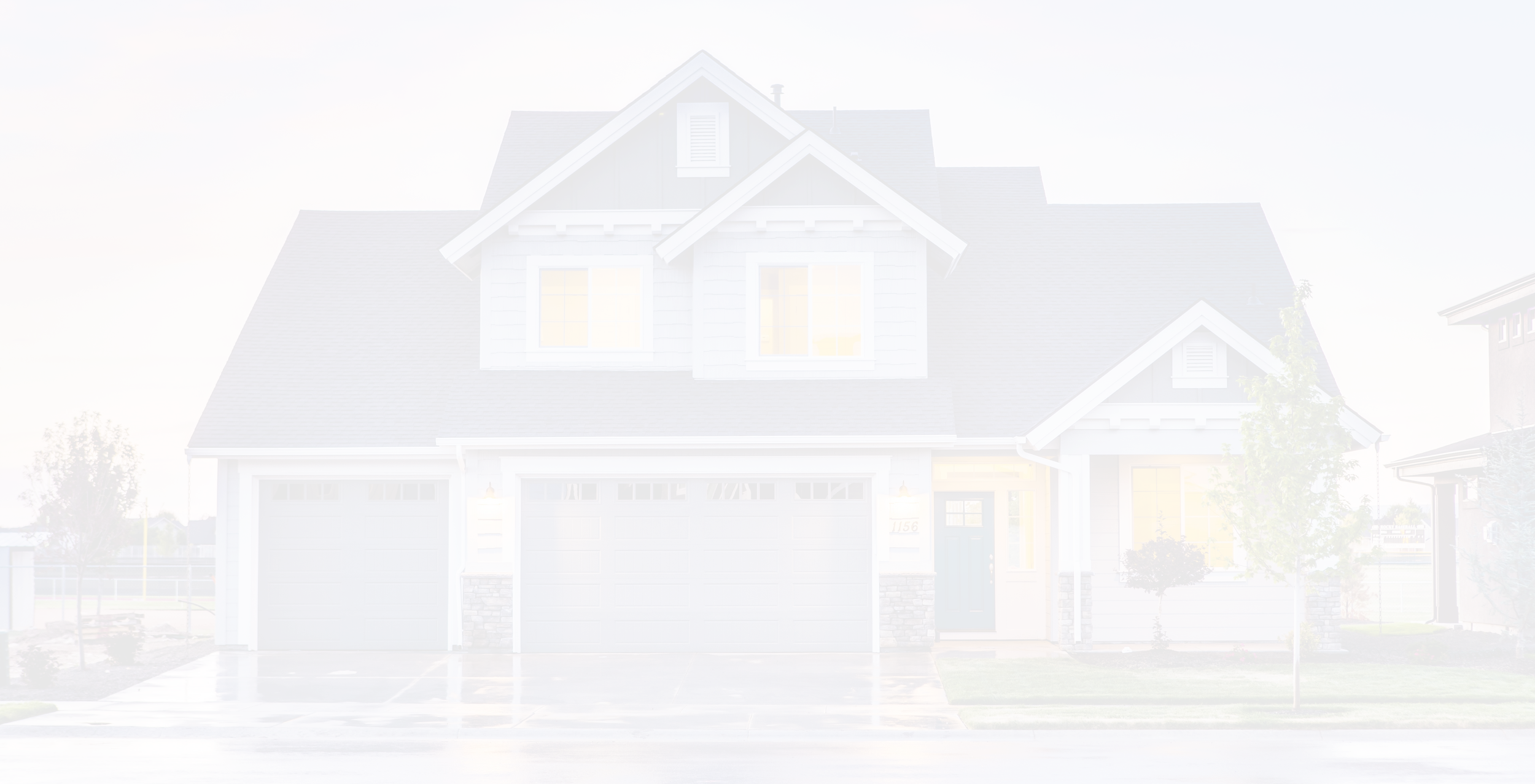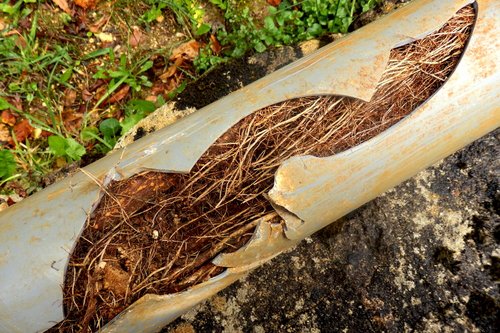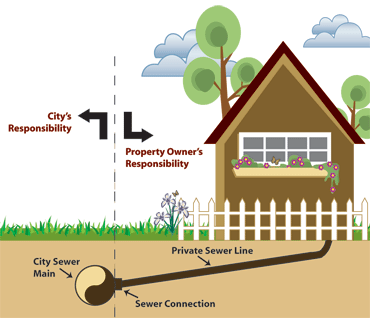
Sewer Camera
What is sewer scoping/camera?
A sewer camera inspection is a valuable tool in keeping your home and business systems healthy. A sewer scope is a visual examination into the plumbing and sewer systems to identify any defects or damage with a submersible camera we run down your pipes.
Sewer line maintenance is often overlooked yet can be extremely expensive to repair or replace. Common problems discovered during a sewer scope can include breakage, leaks, bellying, collapsing and clogs of the sewer lines.
According to Home Advisor, the average sewer line can cost from $50 to $250 per foot and installing a new sewer line can run between $1000-$4000 on average, or, up to $25,000 for one that extends from the house to the street.
How is it performed?
To begin, your sewer camera inspector will flush running water through the sewer lines. This will ensure that the camera equipment will have lubrication and reduce risk of catching on any debris. Additionally, the water will help float the camera, which will make it easier to push the camera through sewer lines.
Next, your inspector will establish an access point, check for leaks at that location, and place drop cloths. Before they begin, your inspector will also double check camera equipment for damage.
During the inspection, the camera scope is pushed through the sewer line. Any blockages, issues, or defects will be carefully recorded, and detailed in a thorough report. Your trained and certified inspector will also be able to provide suggestions for next steps, and will be available after the inspection to answer additional questions.
In a real estate transaction, a sewer scope service is a small investment to give a home buyer peace of mind, or provide the necessary information to request repair during the inspection objection. This service is not exclusive to real estate transactions-homeowners can also schedule a sewer scope at anytime to check the condition of their lines.
Any of the following are signs of possible problems with your sewer line and should be investigated immediately.
Sewer odors
Sewage backups
Slow drainage
Extra green patches in grass
Insect infestation
Rat problem
Indentation in yard
Foundation problems
Mold
Understanding the condition of your sewer line can help you get ahead of any issue and help prevent any larger problems from arising. Protect your investment and call us today to schedule.





